Eventually, she was invited to park her cart and become a kitchen assistant at the hotel — though that unglamorous transition hardly hinted at the fruitful career ahead. “My first task was a disaster: I was asked to debone a chicken and ended up breaking every bone in the process,” she confesses. But soon, she learned to grill gourmet burgers and help prepare other elevated dishes. She was earning enough money to be financially independent, so she took a sabbatical from university — and what was supposed to be a three-month working holiday turned into two years.
She saved enough money to travel to Europe and went on to work at some of the continent’s top culinary establishments — including one that hadn’t quite risen to fame when Buffara staged there. In her book, she recalls how, during a season at a Michelin-starred restaurant near Bergamo, Italy, she read about a quirky new place in Denmark called Noma.
“This restaurant focused on locality, seasonality, and sustainability, and it was inspired by the cold Scandinavian nature and the wild ingredients from that part of the world,” the chef writes. “In 2006, I applied to work there, becoming one of the first international interns to join René Redzepi’s team in Copenhagen.”
It wasn’t an easy decision, especially because the cost of living in Denmark was high and her funds were running low.

Manu and team members preparing for dinner service. Photograph by Helena Peixoto
“I used to wake up two hours before my shift to walk to the restaurant, and every night on my way home, I’d have a sausage sandwich and a beer — the cheapest food I could find at convenience stores,” she recalls.
“When my colleagues found out how much I was walking every day, they gave me an old bike.” Still, that trip to Copenhagen was worth it; Buffara returned to Latin America convinced that her region in Brazil could yield just as impressive a variety of ingredients as those found in Noma’s pantry.
In 2011, she opened her own restaurant, simply named Manu, in her hometown of Curitiba, the capital of Paraná in southern Brazil, determined to fully understand the origin of every product used in her kitchen.
“My hope was that most of Manu’s ingredients would come from within a 185-mile radius of Curitiba,” she writes. “For that reason, I spent a lot of time on the road during the first four years of the restaurant.”
The chef not only came to know the origins of all the meats, fish, vegetables, and herbs she used, she also deepened her understanding of her wider community, from fishermen to beekeepers, foragers, and organic farmers.
That same attentive care extends to Buffara’s guests, who book the restaurant’s 11-course tasting menu. “They are greeted with a smile by a front-of-house team member and guided to their table, where they’re served a welcome drink,” the chef explains.

Strawberry, mullet roe, and lemon. Photograph by Jimena Agois“And so the flavor journey begins with an explanation of the menu, which always features seasonal, hyper-local, and sustainable ingredients.”
In addition to creating the menu — which includes not only the dishes but also the drink pairings and even the paper on which the menu is printed, Buffara is also a devoted mother, a regular churchgoer, and a passionate advocate for social and environmental causes.
You might not expect such a well-rounded personality behind such a towering culinary talent, but as gastronomic giant Dominique Crenn writes in the foreword to Manu: Recipes and Stories from My Brazil:
“I believe the greatest chefs in this world are not just chefs, they are true human beings. They have a greater purpose. They are drawn to feed people because that is the foundation of love, culture, and humanity.
Manu Buffara is a true human being, a bridge to the next generation of strong, conscious, and thoughtful chefs, and she is one of the greatest in the world.”
To better understand that greatness, pick up a copy of Manu: Recipes and Stories from My Brazil.
Source: www.phaidon.com
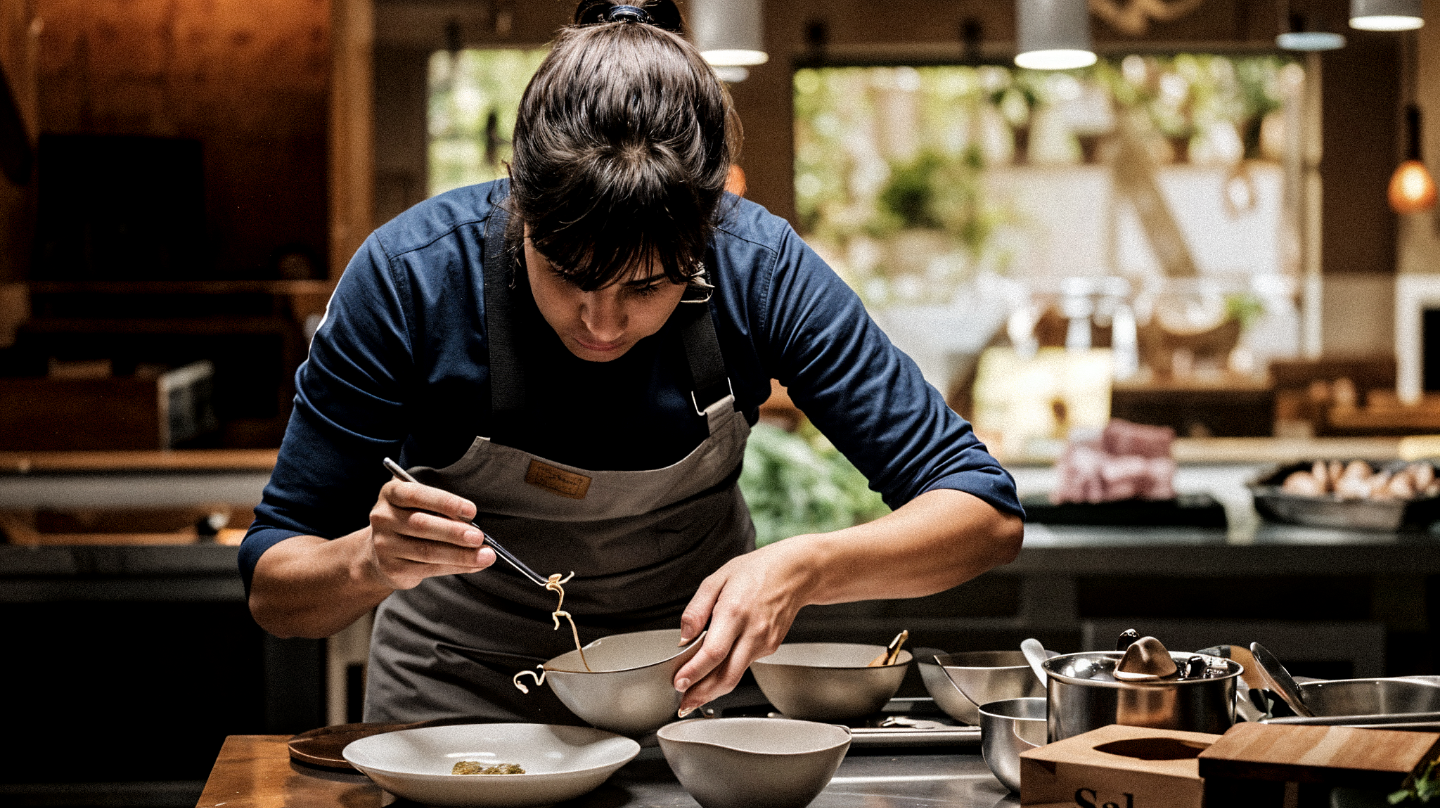
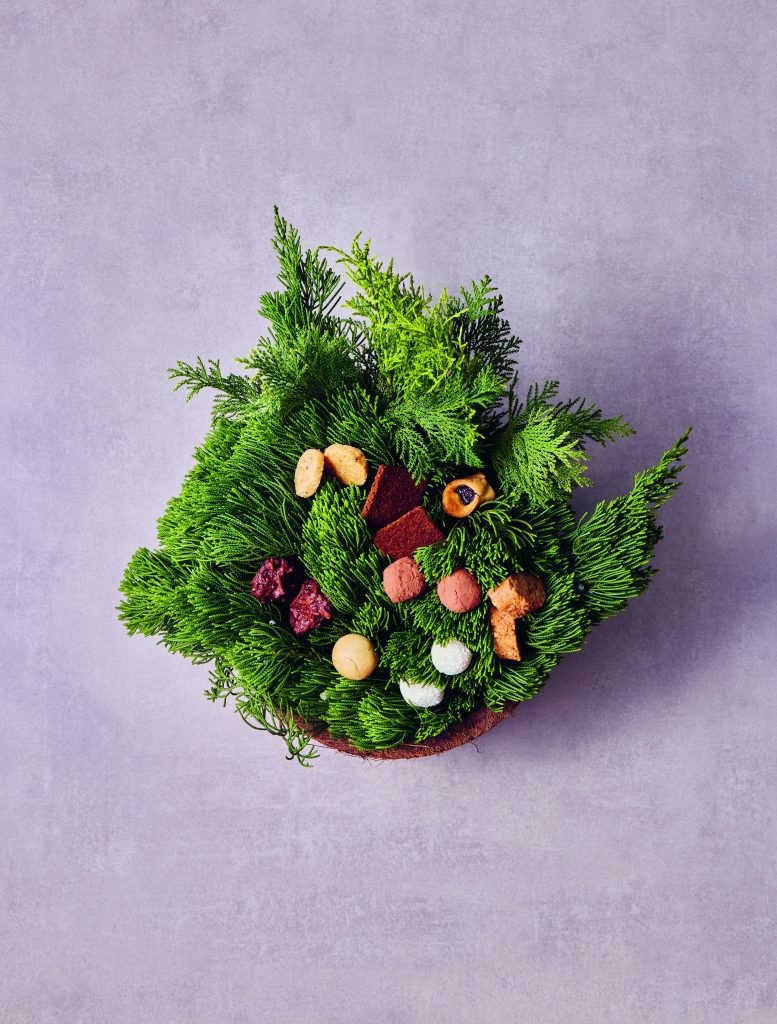

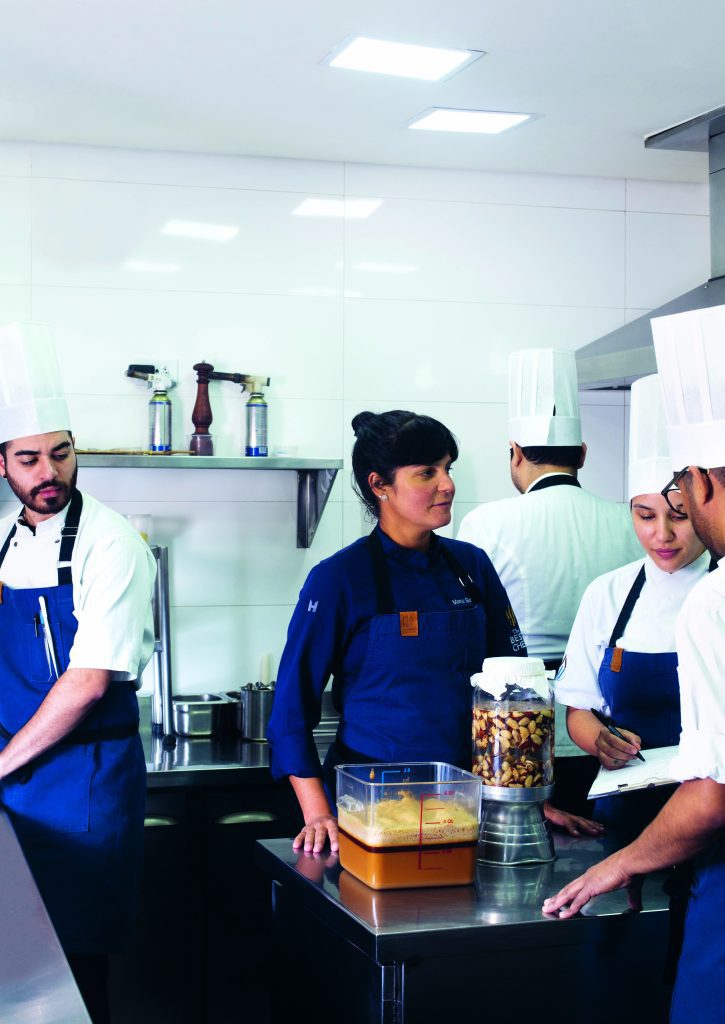
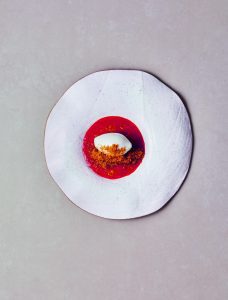
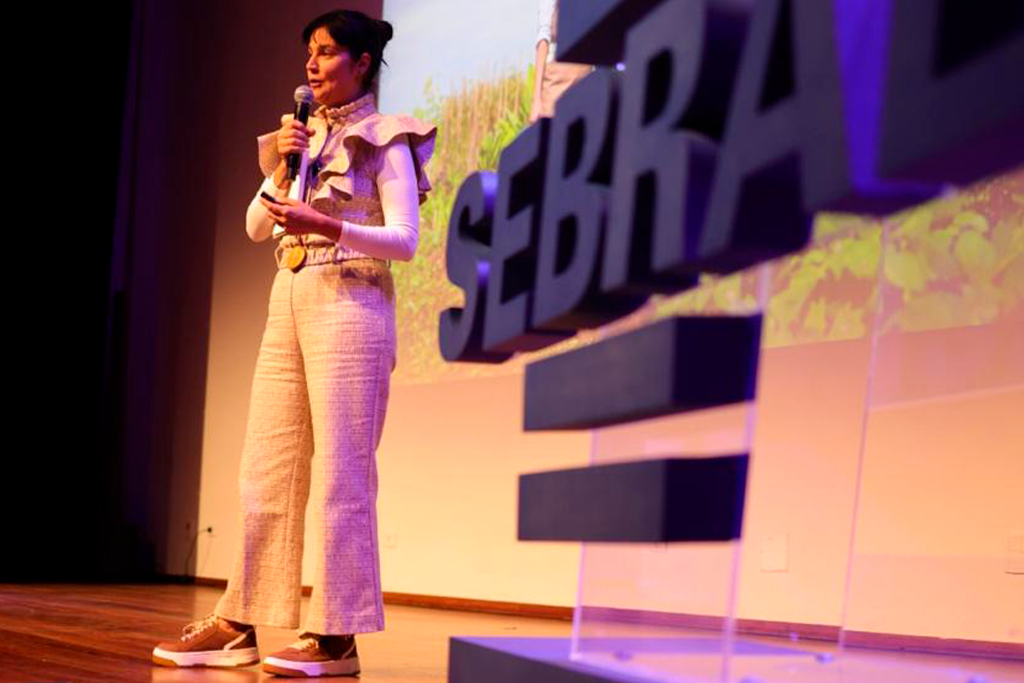
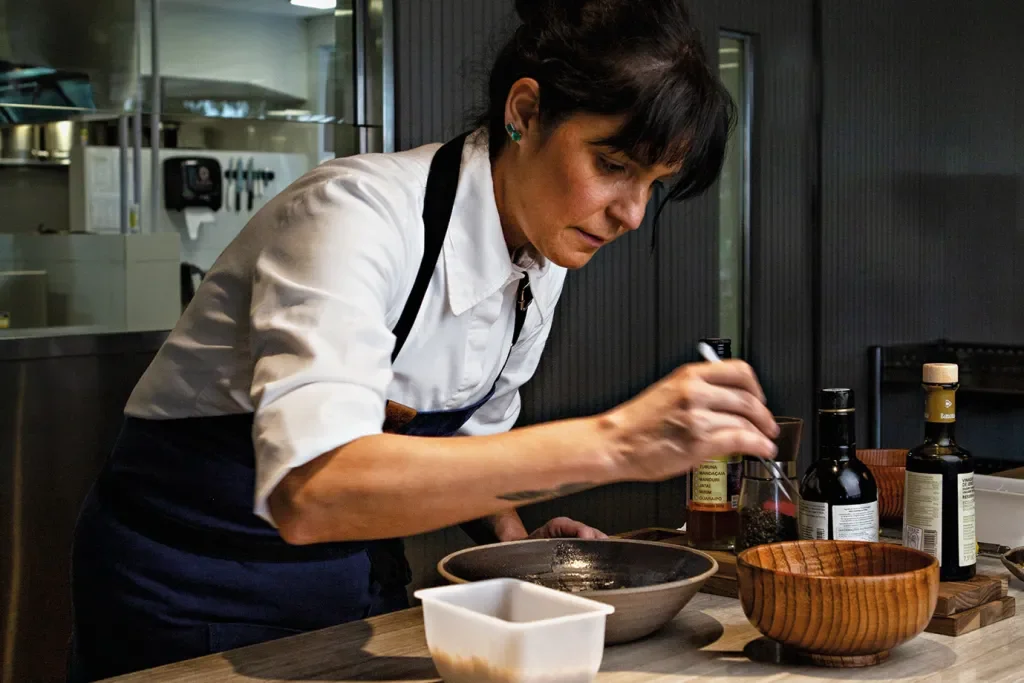
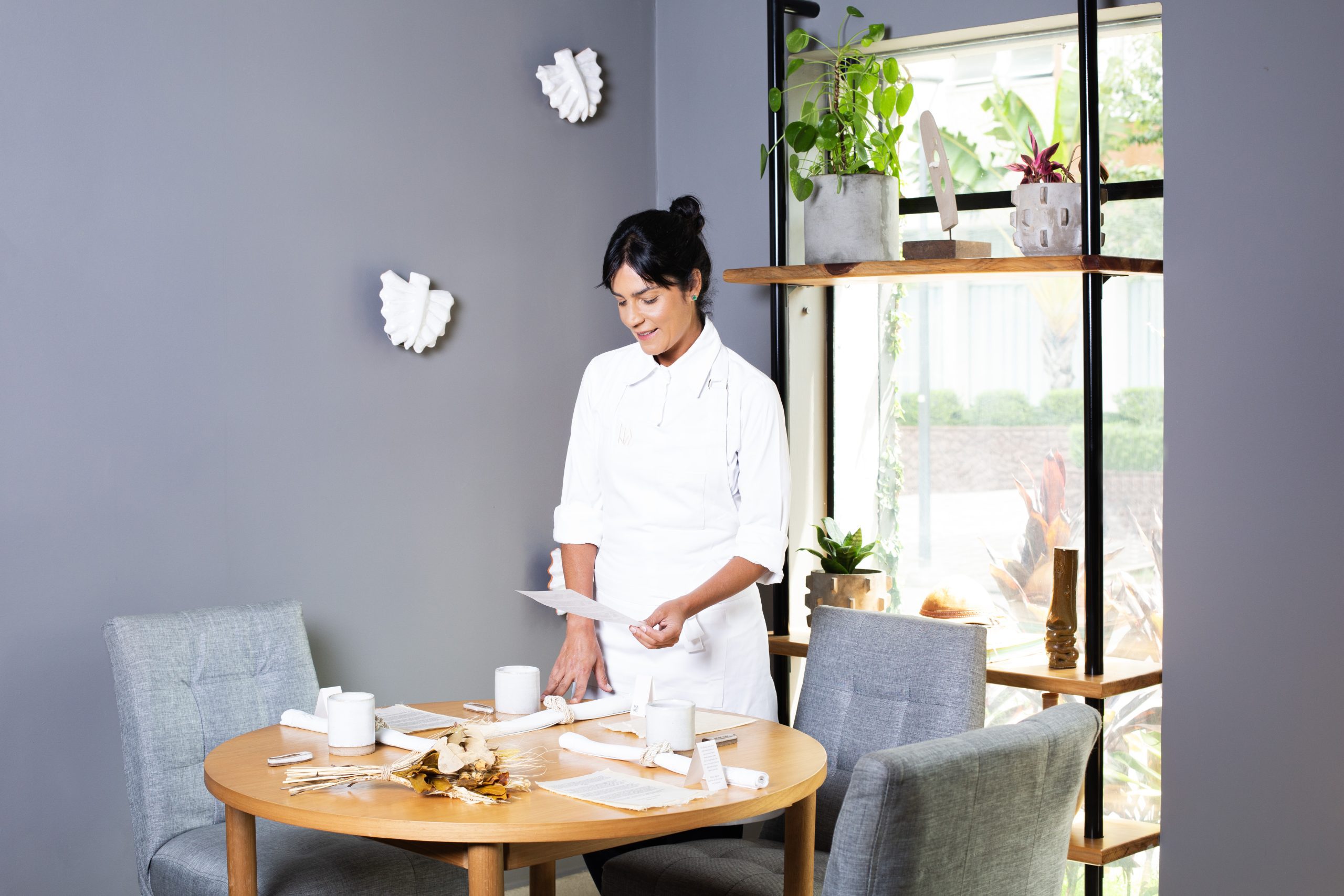
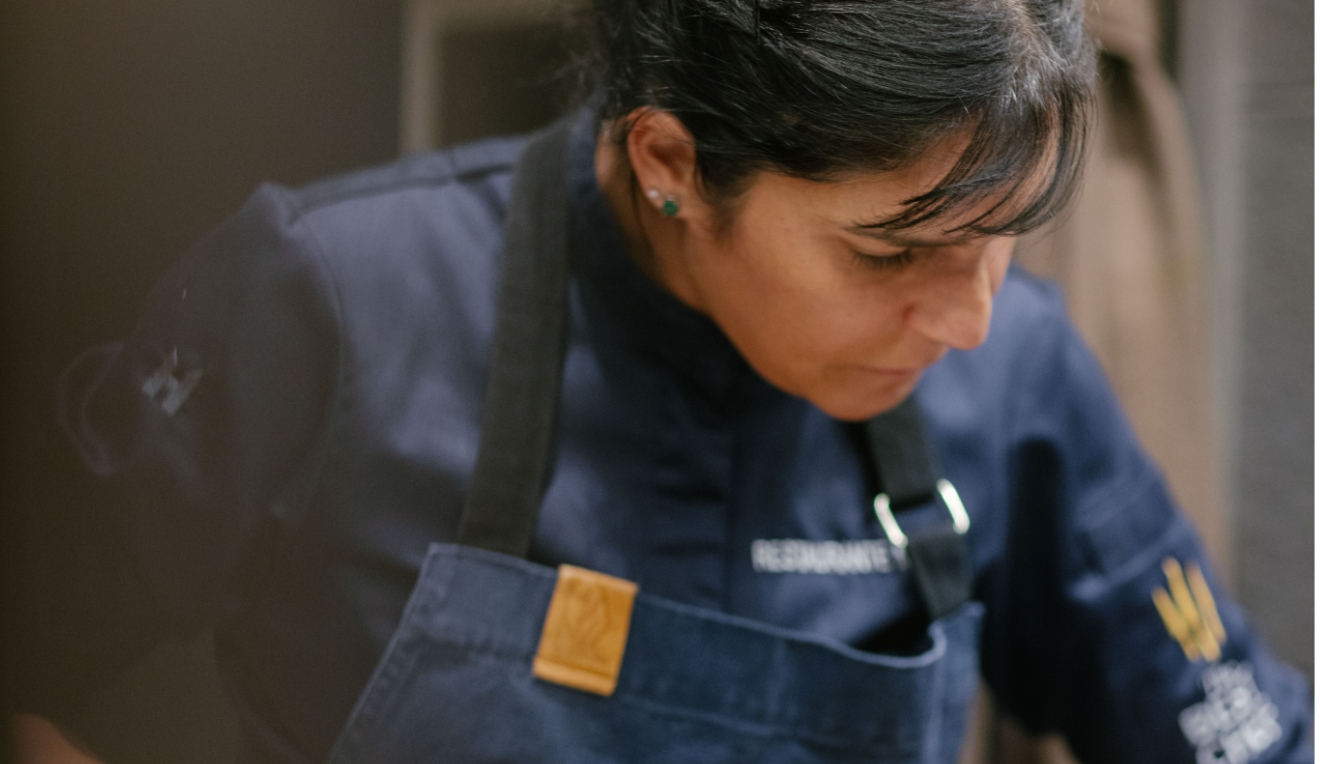



Cooking is more than feeding, it’s about creating memories that last